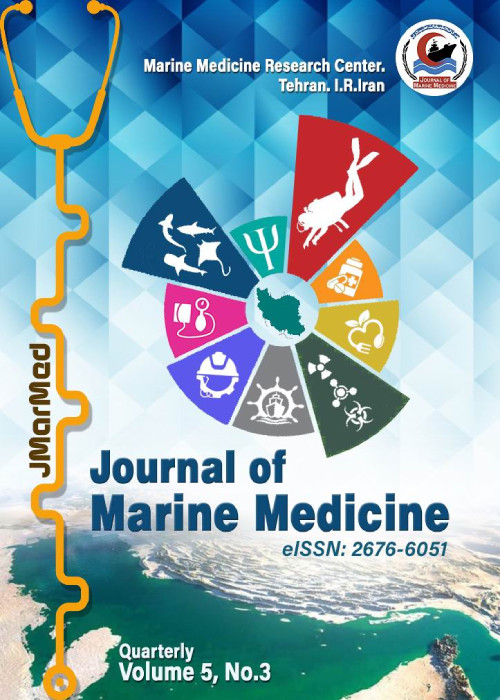The Survey on Poisoning Arachnids in the Iranian Triple Islands, Great Tunb, Little Tunb, Abu-Musa and Qeshm on the Persian Gulf
The Persian Gulf region has a warm and humid climate and has suitable conditions for the reproduction, biodiversity, and spread of poisoning insects and arachnids. Previous studies have been reported some stinging insects and arachnids including scorpions, bees, wasps, and ants in Persian gulf islands, this study was performed to report more species than other stinging arthropods.
This descriptive cross-sectional study was conducted during 2014 in the Triple Iranian Islands, Greater Tunb, Lesser Tunb, Abu-Musa and Qeshm on the Persian Gulf. In this study, direct hunting, hand catching, Pitfall trap, and total catch methods were used for hunting of insects and arachnids. Direct poaching in their natural habitats and hand catching, as well as pitfall trap trapping, were used for the poisonous arthropods, including centipedes. For the capture of poisonous spiders, the method of searching and catching them in dark and damp places such as warehouses, roofs, etc., as well as the Total Catch method was used. The Spider-like were also hunted around the places by night searches. Samples were conserved in 70% alcohol and moved to the Health Research Center laboratory. Systematically identification was done by the use of valid diagnostic keys.
In this study, 38 highly toxic centipedes (Scolopendra valid) were captured and identified and 70 more were identified as Scolopendra spp. 158 spiders were also captured. In the meantime, three specimens of the extremely dangerous and poisonous red-backed black widow (Latrodectus hasselti) were captured from the old village and Souza area and Qeshm city on Qeshm Island. In addition, 28 Spider-like were captured from the camel spider group in the military environment of the old village on Qeshm Island. Giant camel spiders were identified from the Galeodidae family.
In this survey, more species of stinging/biting arachnids were reported from Triple Iranian Islands and Qeshm and therefore more information was obtained from poisoning arthropod fauna in the islands. Also the findings from these studies, in addition to awareness of species distribution, can be useful in the management and control of these arachnids and may help in future biological studies.
- حق عضویت دریافتی صرف حمایت از نشریات عضو و نگهداری، تکمیل و توسعه مگیران میشود.
- پرداخت حق اشتراک و دانلود مقالات اجازه بازنشر آن در سایر رسانههای چاپی و دیجیتال را به کاربر نمیدهد.


